Blog Post
Residential schools, forced abortion, and the graves of children
By Jonathon Van Maren
For several years now, Canada’s residential schools have been a subject of near-constant discussion in politics and the press. As Terry Glavin pointed out in the National Post earlier this year, much of that conversation has revolved around misunderstandings about the cemeteries surrounding these schools, falsely dubbed “mass graves” by the international media, with the discussion rapidly devolving into a debate about whether or not the media had lied and the actions of domestic terrorists who took the opportunity to begin burning down churches (including Indigenous churches).
As I pointed out in several columns at the time, I think that this debate missed the central point. The fact is that these cemeteries were full of children who were buried hundreds—sometimes thousands—of kilometres from home because many of them had been forcibly removed from their families. The fact that the children were buried on school grounds rather than in their own communities is the key point here—a crime perpetrated by the state and its accomplices against families, even when it was done with good intentions and even when the children were treated well—testimonies from residential schools reveal a wide range of experiences, from positive to absolutely horrifying.
I’ve spent quite a bit of time researching the history of residential schools, and what has struck me is that while the physical and sexual abuse as well as the suppression of Indigenous languages and traditions have been understandably at the forefront of the discussion, other horrors have been largely ignored. Forced sterilization has been examined by both academics and journalists—but forced abortion and infanticide, which took place at many residential schools, is almost never mentioned. The victims were nearly all conceived by sexual assault, and it is easy to see why progressives would be uncomfortable grappling with these horrors—especially because the survivors nearly always use the language of murder—not of “reproductive rights.”
One survivor, speaking at a CBC TV Town Hall forum in Regina on July 3, 2008, described one instance: “I’m Irene Favel. I’m seventy-five. I went to residential school in Muscowequan from 1944 to 1949, and I had a rough life…There was a young girl, and she was pregnant from a priest there. And what they did, she had her baby, and they took the baby, and wrapped it up in a nice pink outfit, and they took it downstairs where I was cooking dinner with the nun. And they took the baby into the furnace room, and they threw that little baby in there and burned it alive. All you could hear was this little cry, like ‘Uuh!’, and that was it. You could smell that flesh cooking.”
George Brown, a retired Indigenous constable with the RCMP who investigated the accounts of survivors of BC residential schools, recounted similar stories to Keith Annett in 2001, including that of one newborn who was drowned in a bucket and “more stories about children being killed and buried or burned in the school furnaces.” The Catholic Indian school in Kamloops had a particularly awful reputation, and Eddy Jules, a survivor who resided there from 1969 to 1977, recounted what she saw in Behind Closed Doors: Stories from the Kamloops Indian Residential School:
When I was in Senior B, I used to hear about girls getting pregnant down the other end of the building. They’d get pregnant, but they would ever have kids, you know. And the thing was, they’d bring somebody in from over town who’d do an abortion, I guess. We used to hear it. It used to be really scary, hearing them open up the incinerator after what was going on. They’d open up the incinerator in the big boiler, and we would hear this big clang, and we’d know they would be getting rid of the evidence…We’d wonder how many kids got thrown in the incinerator.
In her testimony to the IHRAAM Tribunal on June 14, 1998, Helen Michaud stated that in 1964 when she was 16 years old, she was forced to have an abortion after being raped by a priest. “As soon as I started showing, the nun dragged me back to the infirmary for an examination. Then they aborted my baby. I was lucky, they didn’t tie my tubes like they did to all the other girls. The next summer I ran away and I had my son. But there’s lots of aborted babies in the graveyard south of that school.” Graves, it might be noted, that nobody is much interested in finding.
A survey of the documentary evidence on residential schools reveals that these practices were not as rare as one might hope. Forced abortions were performed on Indigenous students at the residential school in Port Alberni, BC, and the aborted children were buried secretly in the cemetery across from the school. Young mothers sometimes died during the abortion procedures and were buried with the children who never saw daylight—there are accounts of this taking place at the Kuper Island Indian Residential School on Vancouver Island. Many of those who survived the abortions were sterilized by the doctors at the same time. Forced abortion was also among the crimes committed at the St. Anne’s Residential School in Fort Albany, Ontario. There are many others, as well.
The cemeteries surrounding Canada’s residential schools are a monument to the many crimes committed against Indigenous peoples. (It must be highlighted here that Catholics and other religious people of good faith are horrified by what took place here.) Most of the children buried there died of natural causes—but they were buried so far from home because they had been unnaturally torn away from their families by a government bent on destroying their culture. But the stories of survivors tell us that there are other, smaller children buried in these cemeteries, as well. They were tiny babies conceived by crime but as innocent as their mothers; sometimes, they were buried with their mothers. Sometimes, they were burned. What happened to them was an injustice, too—not only because the act of violence that ended their lives was forced—but because abortion, fundamentally, is a crime against humanity.
I think we should talk about those cemeteries outside residential schools. But let’s listen to survivors—and tell the whole story.


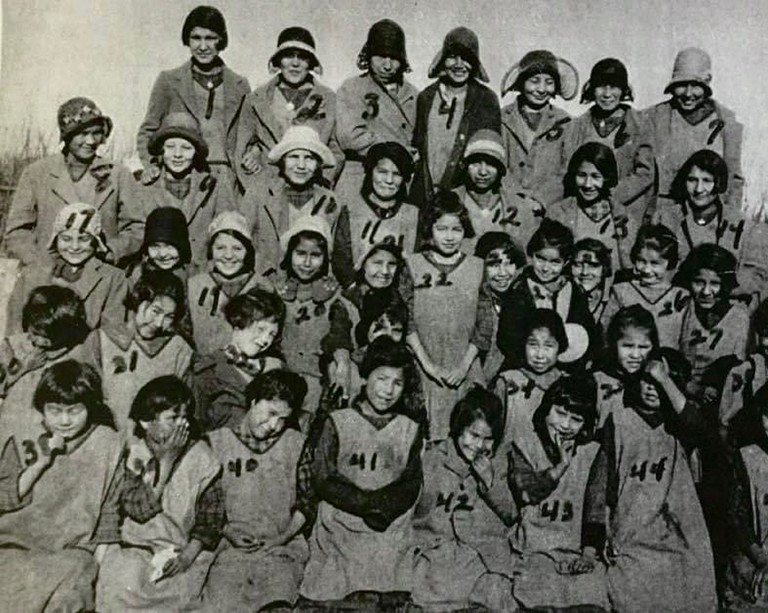
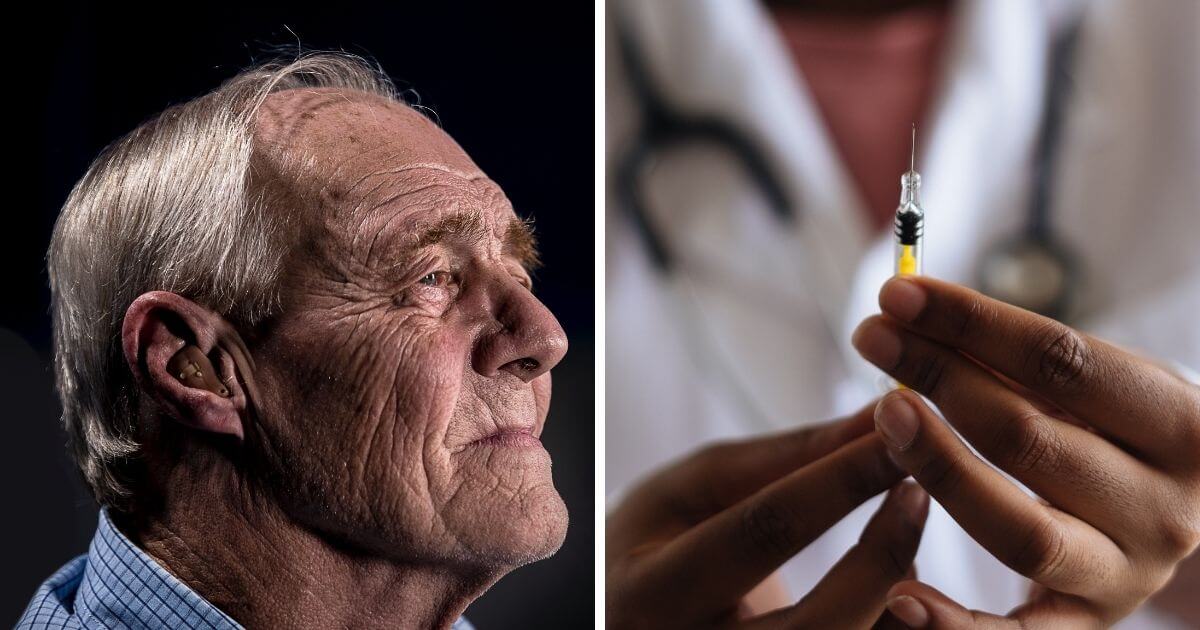
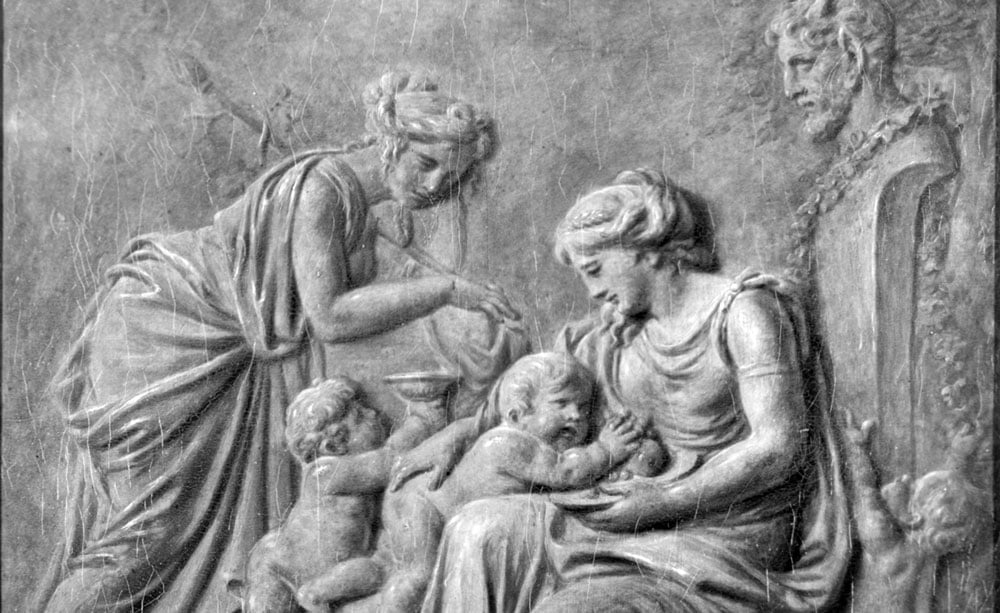

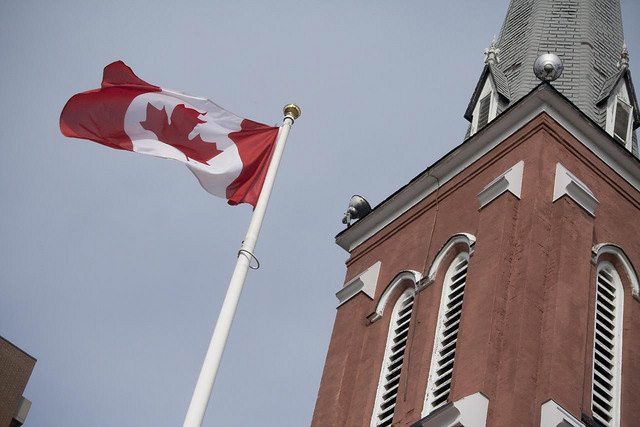
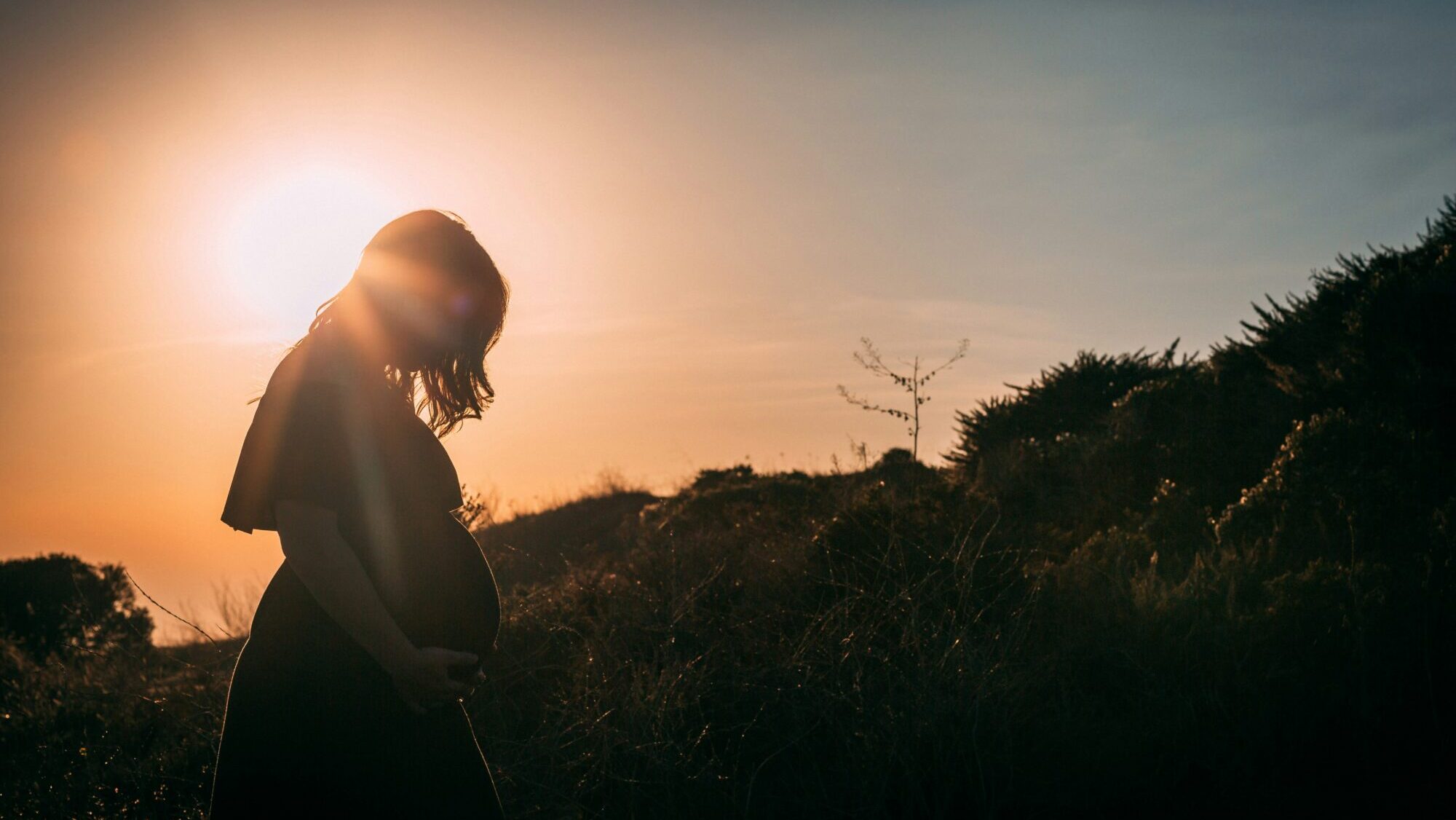
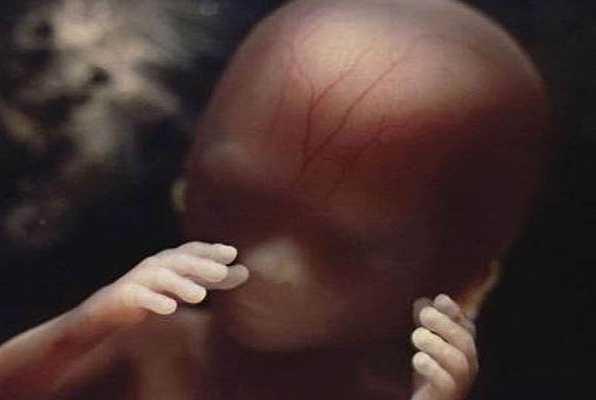
Truth always comes out eventually. These are horrific stories that need to come out IMHO. It is history even though it reveals evil done by those in charge. Please make this real as those in heaven need to have their stories told to all of us!
I’ve read far better researched articles at the Dorchester Review. The mass graves story was proven to be a hoax. I genuinely believe that there are far more instances of sexual and physical abuse happening in schools today.
Forced sterilization was not an indigenous problem exclusively. Not even close.
Please, share some of the stories of residential school attendees who loved their time at school and were grateful for their existence.
The government are using the indigenous people for political chaos, as usual.